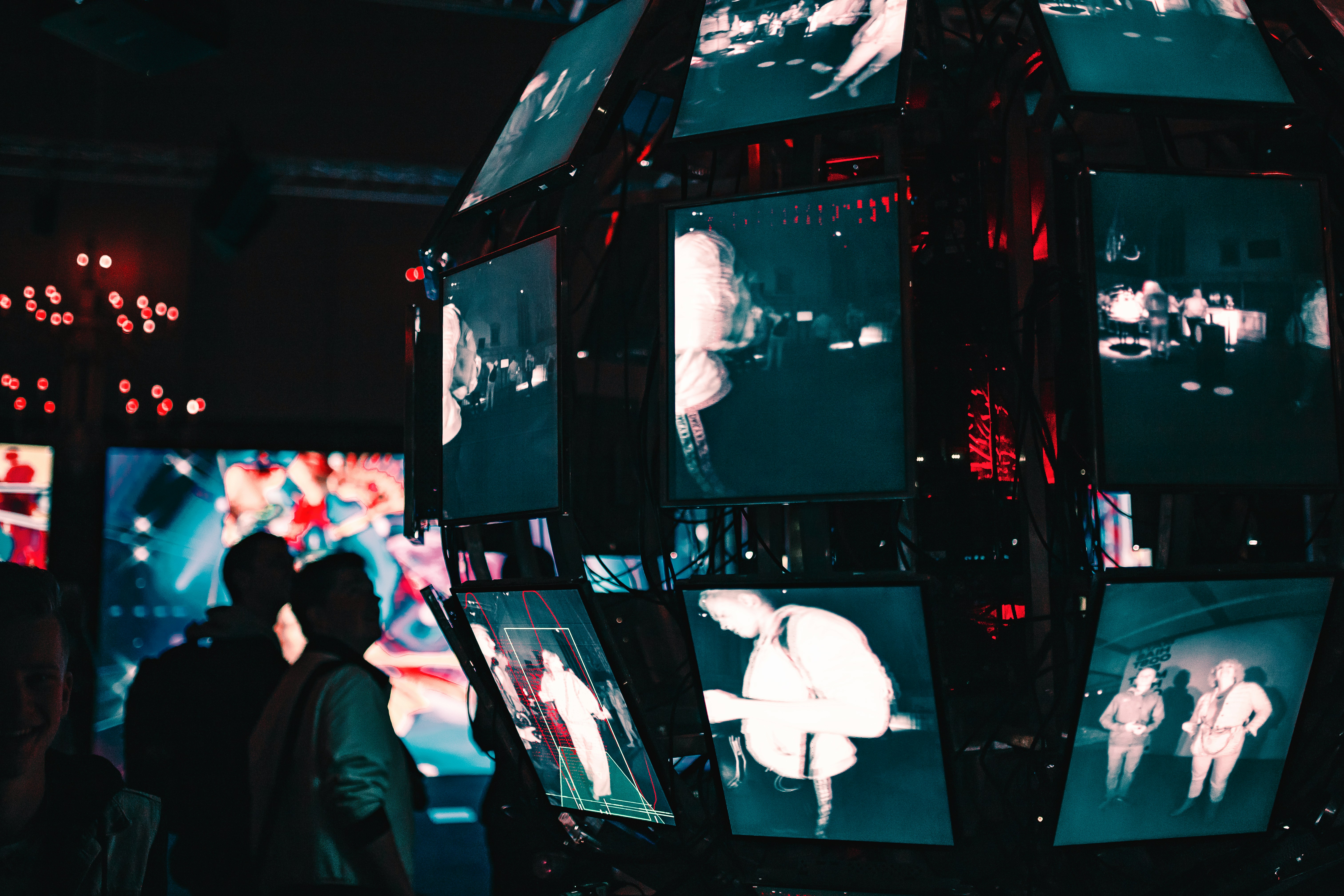From Canvas to Digital Screen: The Intriguing Journey of Digital Art
As we delve into the 21st century, the realm of artistic expression continues to evolve. Among these changes, one of the most notable is the rise of digital art. This form of art, created or presented using digital technology, has swept the art world, marking a significant shift in how we perceive and interact with art. This article explores the intriguing journey of digital art, its impact, and its current state in the world of arts and entertainment.

The Emergence of Digital Art
Digital art emerged in the 1980s, during the advent of digital technology. Initially, artists used primitive computer software to create simple shapes and designs. As technology advanced, so did the complexity and depth of digital art. Artists began to experiment with 3D modeling, digital painting, and animation, pushing the boundaries of this new medium.
The Evolution and Impact of Digital Art
Technological advancements have significantly driven the evolution of digital art. From the early days of pixel art to today’s intricate virtual reality installations, digital art has transformed substantially. This form of art has expanded the possibilities for artistic expression, allowing artists to create works that were previously unimaginable. It has also democratized art, making it more accessible to a wider audience through online platforms.
The Current State of Digital Art
Today, digital art has permeated all aspects of the arts and entertainment industry. It plays a crucial role in films, video games, advertising, and even music. The recent surge of NFTs (Non-Fungible Tokens) has further emphasized the significance of digital art, as these digital assets provide a new way for artists to sell their work and for collectors to invest in digital art.
The Future of Digital Art
The future of digital art is promising and full of potential. As technology continues to evolve, artists will have more tools and platforms to express their creativity. There is also a growing appreciation for digital art, with more people recognizing its artistic value. With the rise of virtual reality and augmented reality, we can expect to see more immersive and interactive digital art experiences in the future.
In conclusion, digital art has not only revolutionized the art world but also left a significant imprint on the broader arts and entertainment industry. Its journey reflects the evolving nature of art and the endless possibilities that technology brings. As we move forward, digital art will undoubtedly continue to shape and enrich our cultural landscape.




